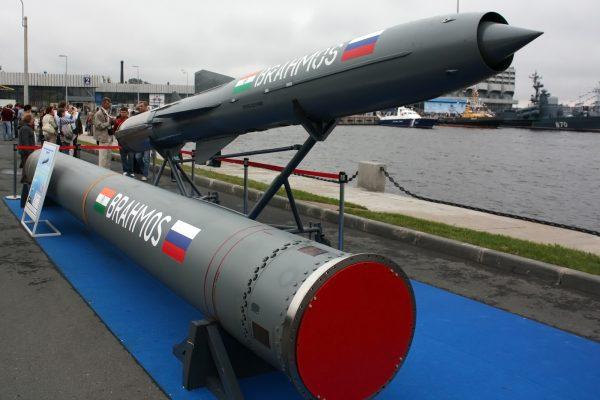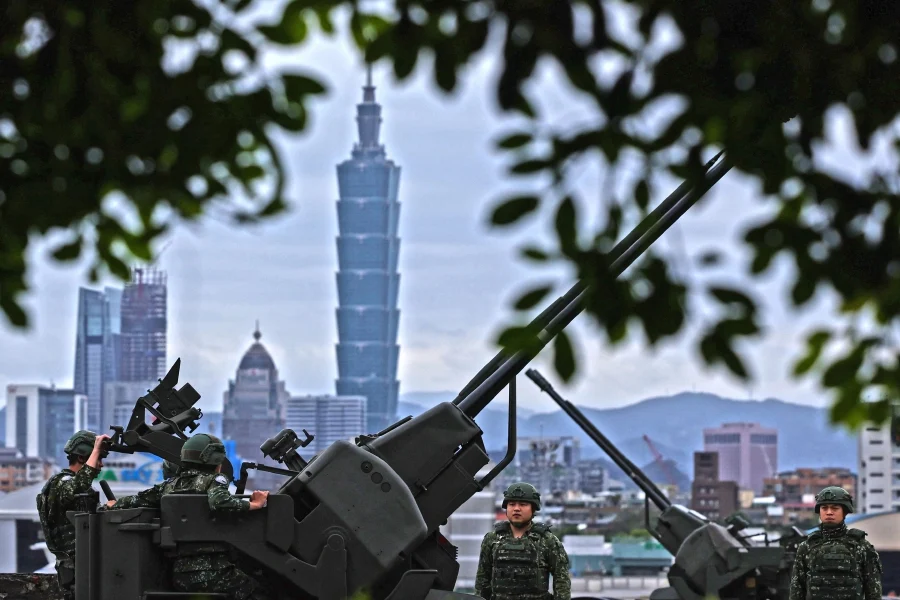Fear of the Growing Influence of China over the Indo-Pacific and the South-East Asian region is making developing and underdeveloped nations increase their deterrence.
Table of Contents

There has been an arms race in Southeast Asia and the Indo-Pacific area, which is characterised by governments competing to acquire and retain military dominance over one another. The arms race in this region has its roots in the region’s security environment, which is characterised by a variety of threats, including piracy, terrorism, territorial or water conflicts, displays of force, and other security issues.
The Upcoming Arms Race in the Indo-Pacific: Geopolitical Shifts and Western Involvement
The dynamics of the weapons race in that part of Asia will be examined in this article, along with its causes and consequences for regional peace and stability. Any region’s arms race is a complicated, multilayered issue. It is motivated by several things, including the need for governments to defend their territorial integrity and national sovereignty as well as their political, economic, and maritime interests. There is a greater demand for military capabilities in the region as a result of certain nations’ involvement in territorial disputes over the sovereignty of specific islands or marine regions. However, given the current state of these conflicts and the apparent expansion of these nations’ investment and human capital sectors, job-seeking opportunities, and much more.

There are many factors contributing to the expansion of activities and developments in Asia, where it is clear that the West is playing a significant role in directing a warlike situation, much like it did in Iraq, Iran, or any other Middle Eastern nation, which can be seen as the current geopolitical shift. We have neither permanent allies nor eternal adversaries, as the late British Prime Minister Henry Temple famously remarked. Since we have eternal and unchanging interests that we must defend, the competition for stronger defences is becoming more intense in this area.
Latest Developments:-
- Following the meeting between the president of the island and the US House Speaker, China recently declared on Sunday that it was practising precise assaults on strategic sites in Taiwan. According to known media, the simulated drills featured “tactical manoeuvres” by the Chinese navy. According to news sources, many services have “simulated joint precision strikes on key targets on Taiwan Island” and in the nearby seas. It stated that the People’s Liberation Army’s (PLA) Eastern Theater Command was in charge of the “Joint Sword” training exercises. This happened earlier when US representative Nancy Pelosi visited Taiwan recently, China began conducting military drills and air manoeuvres along the Taiwanese coast, and a missile was sighted flying over Taiwan in violation of its airspace.
- In recent years, the Philippines, which has clashed with China over maritime and territorial claims in the South China Sea, has decided to spend almost $1 billion to buy four warships from South Korea’s military company Hyundai Heavy Industries. Additionally, the nation recently made headlines by declaring it has paid $375 million for BrahMos missiles from India, part of a joint venture between Russia and India.
- Small island nations like Indonesia, Japan, Malaysia, Taiwan, Vietnam, and the Philippines have been forced to rapidly increase their defence budgets and purchase arms and ammunition from the US, Europe, Russia, and India due to the crucial dispute between the artificial islands created by China over the South China Sea.

Way Ahead
Recently, we can see that the QUAD was made up of the US, India, Japan, and Australia, which aimed at improving the Indo-Pacific, and our External Affairs Minister, Dr S. Jaishankar, recently stated, “The concept of Indo-Pacific is a rejection of the spheres of influence and a reiteration that the world cannot be frozen for the benefit of a few even if that is the case with the United Nations.” This illustrates how the new arena is being ready and new weapon exporting countries and economies are now a part of it.













